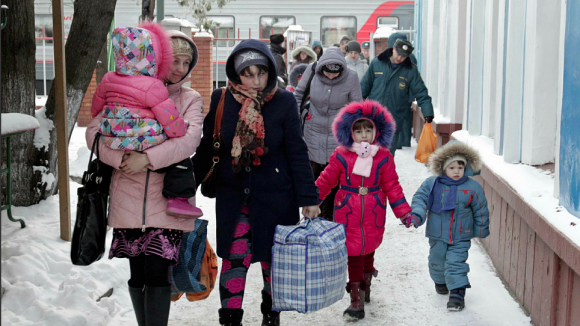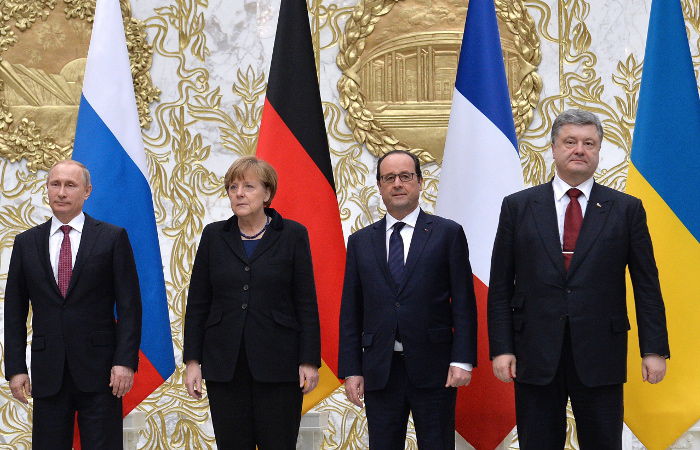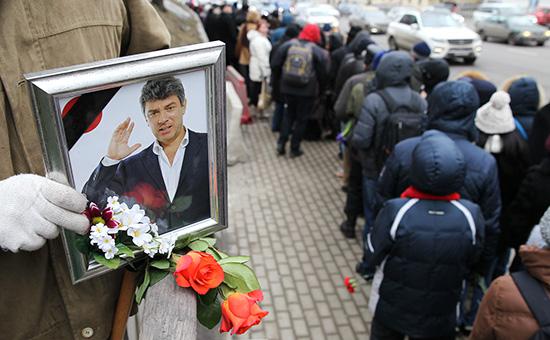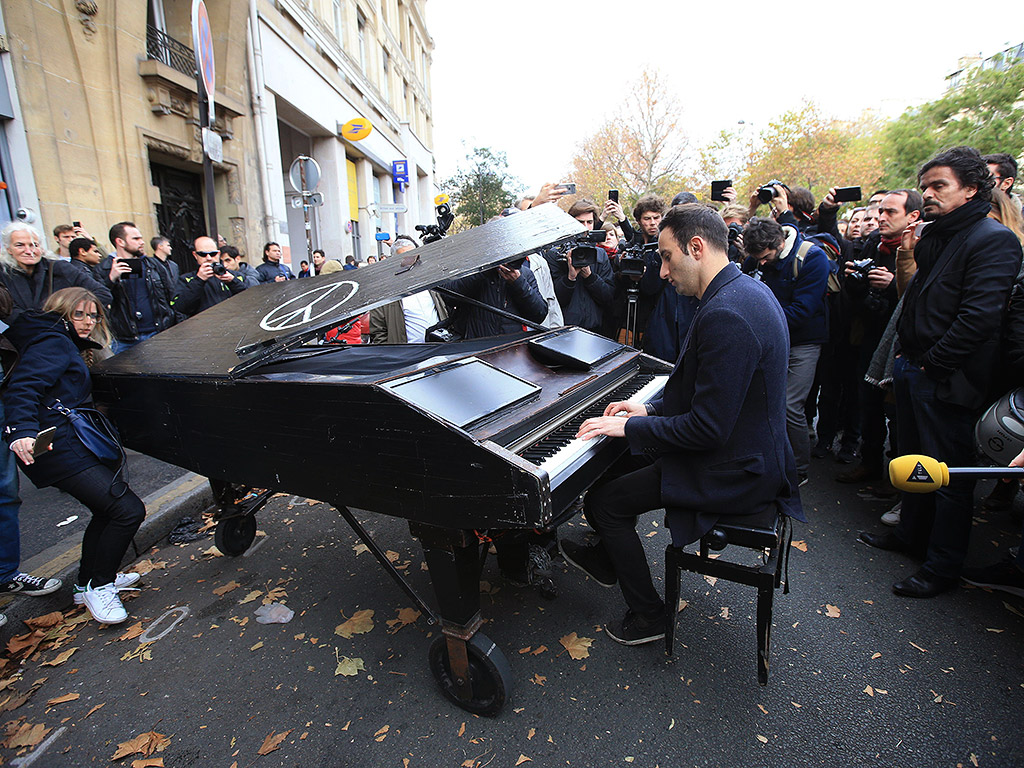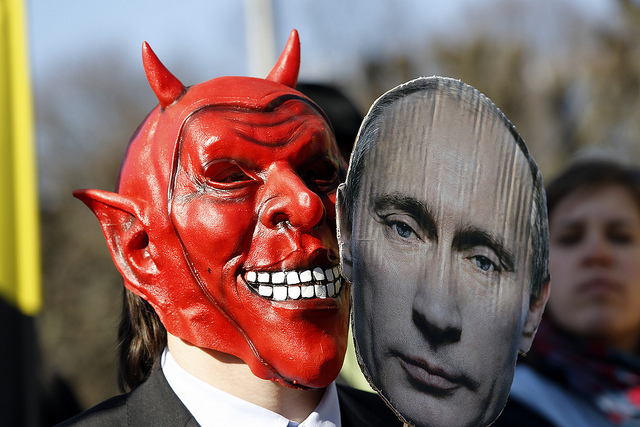Duma deputies are proposing and the Russian Ministry for Far Eastern Development has come out in support of a plan to resettle as many as 50,000 Ukrainian refugees from the Donbas who had fled their own country because of the war ignited by the Russian invasion but have not yet found permanent residences in the Russian Federation.
This plan reflects the convergence of two things. On the one hand, Moscow told Ukrainian refugees that they had to leave their temporary residences by December 31, 2015, even though there were no arrangements for the more than 600,000 people still in them who have asked to remain in Russia.
And on the other, the Russian Ministry for Far Eastern Development views the Ukrainians as among the most likely to take some of the “more than 50,000 jobs” it says it will create in the Far Eastern Federal District, jobs that it has so far not created or found many other than Central Asians willing to come and take.
The ministry says that it would like to see Ukrainian refugees settle in the Buryat Republic, the Transbaikal, Kamchatka, Primorsky and Khabarovsky krays, and the Amur, Irkutsk, Magadan, and Sakhalin oblasts, and the Jewish Autonomous Oblast (Birobidzhan), although few Ukrainian refugees in the Russian Federation have gone to these regions.
Not surprisingly, many Russian nationalists and Siberian activists are anything but pleased by the idea, seeing it as a survival of the communist past – they note that the Duma deputy who came up with the idea is a member of the Communist Party — and Moscow’s tendency to address all problems with gigantist projects.
And they also, in the words of one Russian nationalist, believe that the introduction of large numbers of ethnic Ukrainians in the region would threaten Russia’s national security. In the words of one, “the rebirth and rise of Russia will be possible only” if those populating the area are people with “a truly Russian consciousness.”
Those opposing the plan have the far better part of the argument: few Ukrainians have shown much interest in moving to the Far East and few are likely to unless Moscow comes up with subsidies which the center does not now have the money for and might not maintain even if it used them as bait.
And many recall that there was a time when ethnic Ukrainians were the dominant community in the Russian Far East. A little over a century ago, in response to famines in the European portion of the Russian Empire and the desire of St.Petersburg to build up the population of the far east as a defense against Japan and China, the imperial government dispatched tens of thousands of ethnic Ukrainians there.
By the time of the revolution, they dominated the area and might have been the basis for its survival as a bastion of anti-Bolshevism there had it not been for the imperialist-nationalist approach of White Russian leaders who rejected any concessions to the Ukrainians or other nationalities.
In the 1920s, the Soviets repaid these allies with massive political and social repression, trying or expelling the leaders of what was known among Ukrainians as the Green Wedge. And subsequently, Soviet officials promoted the massive re-identification of Ukrainians there as ethnic Russians.
But despite that, many in the region continue to use Ukrainian as their language – the US even broadcast to that region in Ukrainian in 1985-86 from transmitters in Japan – and there has been much talk both there and in other Ukrainian centers in the Russian Federation about the revival of this and other “wedges.”
Were Ukrainian refugees tempted to go there and then disappointed as they likely would be, they could constitute a new and potentially powerful nucleus of a genuinely Ukrainian national movement in the Russian Far East, clearly the last thing Russian officials would like to see emerge.
For background and references to sources on the once large and vibrant Ukrainian community in the Russian Far East and on Moscow’s recent nervousness about its revival, see “‘Green Wedge’ isn’t Only Ukrainian ‘Wedge’ in Russia, and Some in Moscow are Nervous,” June 12, 2014; “A Second Ukraine Being Reborn in Russian Far East,” June 6, 2014; “Moscow Views Ethnic Ukrainian NGOs in Russia as Continuing Threat,” July 15, 2013; and “Russians Repress Ukrainians in Far East and Threaten to Deport Crimean Tatars There,” March 26, 2015.

